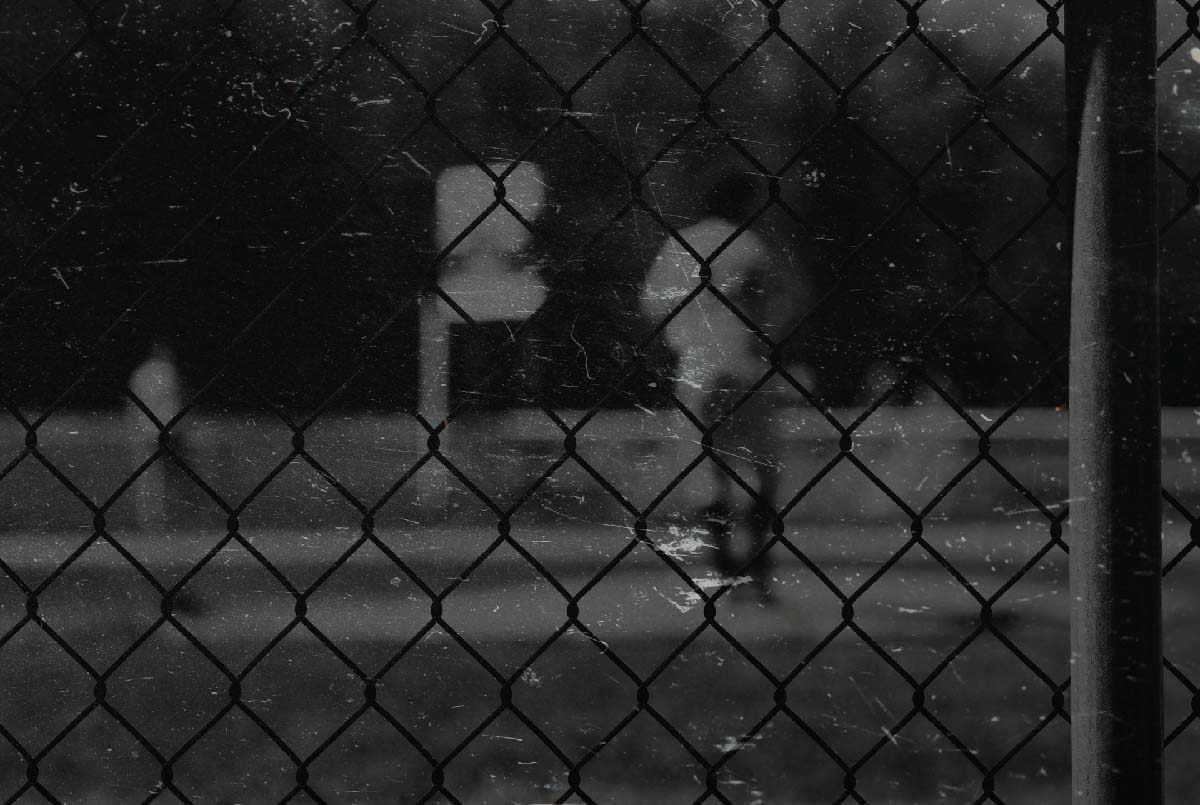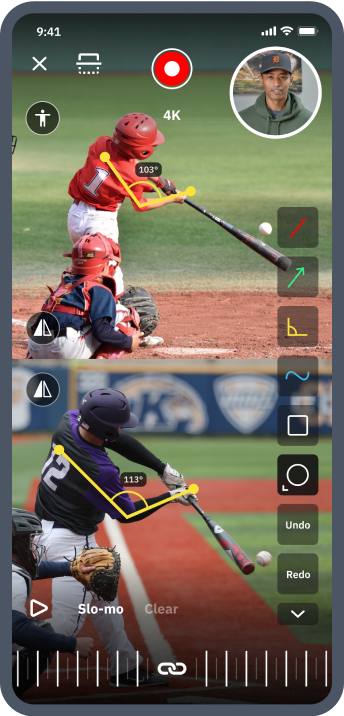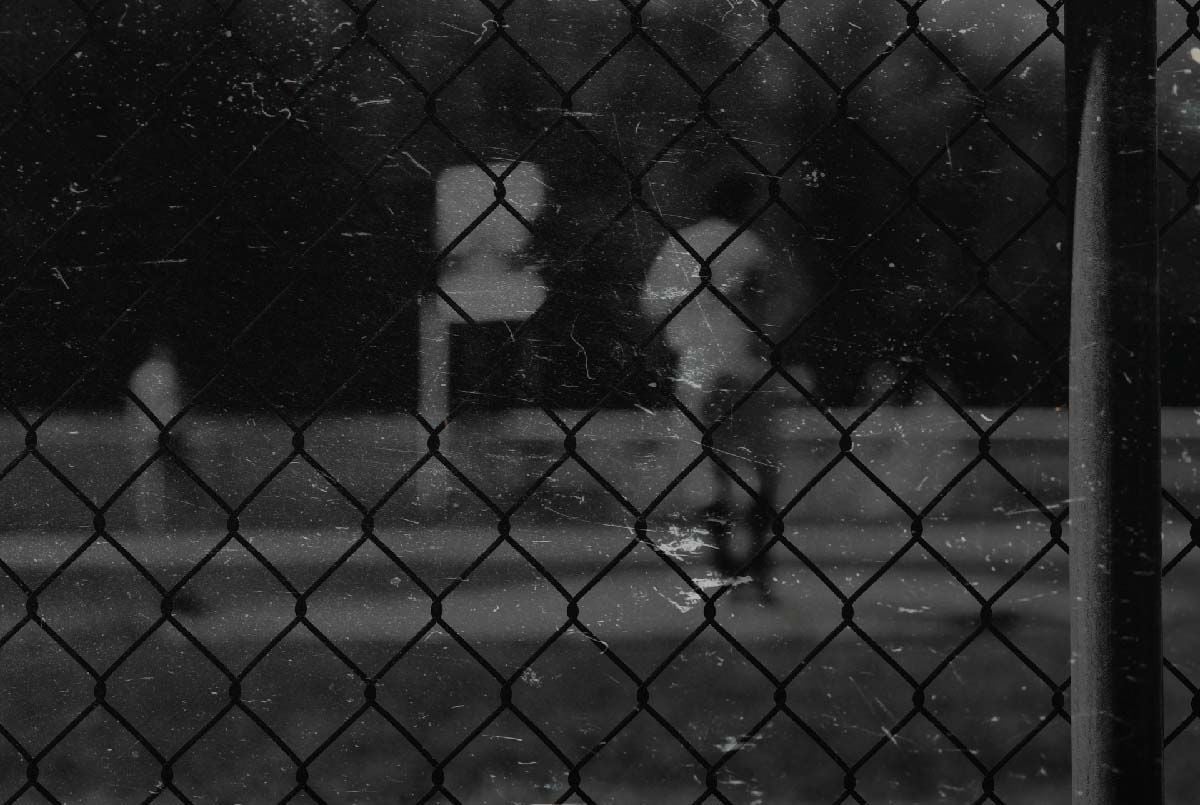How to Know You’re an 80’s Baseball Kid

The 1980s were a different time for baseball. The game was undergoing a period of transition, but that certainly didn’t make it any less memorable for the baseball families who were living through it.
If you grew up in the 80s, there are plenty of nostalgic moments in baseball to take you right back to that era. So, let’s hop in a neon-colored time machine together, shall we?
You Watched Some of Baseball’s Finest Pitching
In the 80s, pitchers dominated. The decade might get overlooked sometimes since there were fewer power hitters – especially compared to the 1990s.
But true 80s baseball kids know that the decade wasn’t less impressive than others, just that it was a golden age for pitching.
Closers like Goose Gossage, Bruce Sutter, Lee Smith, and Dennis Eckersley outsmarted and overpowered hitters. Indeed, closers were riding high in the 80s.
Preceding the decade, only seven seasons in all of baseball record had more than 20 percent of games ending in saves. Every single season of the 80s finished with more than 20 percent for saves – a trend that continues to this day.
You know you were an 80s baseball kid if you spent more time in your backyard perfecting your curveball like Nolan Ryan (or in front of the bathroom mirror wondering when your Eckersley stache might grow in) than you did mimicking the swings of great hitters.
One Word: Uniforms
Fashion choices from the 1980s have gone down in history as questionable at best. Major-league baseball uniforms are no exception.
The classic stirrup pants with the vibrant pinstripe down the side are unforgettable. Some teams flew under the radar with their uniforms, keeping colors more muted. Others did not.
The Pittsburgh Pirates were probably the worst offenders with their black and yellow get-ups and bumblebee train conductor hats.
Great pic, but this one's got @MadlockBill in it... https://t.co/nUpLAsfnZB pic.twitter.com/mVhl8qx7We
— Vintage Jerseys & Hats (@PolyesterUnis) May 1, 2020
The uniforms of the 1980s Milwaukee Brewers weren’t setting any runway trends either. They certainly stood out on the diamond with bright yellow caps and striping, set against a weird shade of baby blue.
Besides the hats, the Brewers need a serious uniform upgrade. Their home and away combo is terrible. They’ve basically gone back to the 80s hats but they should make a full, unashamed return to the 80s unis! pic.twitter.com/q9pOpEubXY
— Nate Lake (@_natelake) October 17, 2018
Let’s not forget about the Astros, whose striped jerseys have caused some to insist that they looked more like McDonald’s employees than ballplayers.
Phil "Scrap Iron" Garner smiles in the Astros dugout amidst a sea of rainbow uniforms in the early 80s. pic.twitter.com/MqOT43mSB3
— Mike Acosta (@AstrosTalk) April 23, 2014
Although, the Astros’ memorable 80s jerseys have inspired some modern-day tributes:
#FresnoTacos🌮 will continue their vintage #Astros tribute with Taco Truck Throwdown 8 uniforms. After wearing 70s-style "Taco-uila Sunrise" stripes for #TacoTuesday🌮 home games this season, going to the 80s-style shoulder stripes on a black pullover for July 19. #TheOcho🌮 pic.twitter.com/R1r9sJvPq1
— Fresno Grizzlies (@FresnoGrizzlies) July 13, 2018
You Had the Coolest Baseball Gear
You weren’t a true 80s baseball kid without your gear.
Your glove might have had the infamous “Opti-Web”, made by Mizuno. The glove’s web had dark green polyvinyl stitched in to help ballplayers shield the sun from their eyes as they caught a flyball. Practical? Maybe. Super cool? Definitely.
Your bat was most likely an Easton. The company that started as an arrow manufacturer (as in bows and arrows) turned to baseball bats in 1969 and never looked back.
One of the first baseball bat producers to introduce aluminum, Easton’s bats were so well made that the bat you had in the 80s could still be used today. Whether it was the foundational Green Easton or the superior Black Magic, you weren’t an 80s baseball kid unless you had one in hands at some point.
Yes! A genuine 1983 Easton Bat. One of my players was hitting with it today. He said “It’s my dad’s.” I said “that’s a masterpiece!” It should be in a museum somewhere...lol. Gives new meaning to throwback Thursday....#ThrowbackThursday pic.twitter.com/hAUjTpGvRP
— Trent Mongero (@CoachMongero) January 11, 2018
And let’s not forget about your batting gloves. Since their first appearance in the MLB in 1964, batting gloves had become a staple in the game by the 80s.
And no brand was as popular as Franklin, which became the official batting glove of the MLB in the late 80s. It’s irrelevant whether you wore them to protect your hands or to be stylish – if you were an 80s baseball lover, you had a pair of these batting gloves.

You Remember Your Favorite Players from the 80s
Of course, baseball wouldn’t be baseball without the major-leaguers we looked up to. Here are four of the most memorable.
1) George Brett – The Kansas City Royals’ third baseman was dominant at the plate, getting the most hits of any third baseman in major league history. He’s also one of only five major-leaguers to get 3,000 hits, 300 home runs, and achieve .300 batting average.
But you probably also remember Brett the most for his role in the Pine Tar Incident of 1983. After this scandal, 80s baseball kids everywhere started smearing the sticky brown tar on their bats at record rates.

2) Cal Ripken Jr. – Ripken debuted in 1981 and quickly became a force in baseball throughout the 80s and into the 90s. He has a lot of impressive stats attributed to his name, which is why many consider him one of the best shortstops to ever play the game.
The most astounding statistic – and part of the reason he seemed so present in baseball – was that from June 5, 1982, he didn’t miss a single game through the end of the decade.
There have been three brother Double-Play combinations in #MLB history: Garvin & Granny Hamner (1945 #Phillies); Johnny & Eddie O’Brien (1953, 1955-56 #Pirates); and Billy & Cal Ripken Jr. (1987-92 #Orioles). pic.twitter.com/OK2M5YttEt
— Retro Baseball (@retro_baseball) December 27, 2019
3) Ozzie Smith – Nicknamed "The Wizard" for his defensive magic, Smith had set MLB records for career assists (8,375) and double plays (1,590) by a shortstop.
Smith won the NL Gold Glove Award 13 consecutive seasons (1980–1992). Talk about consistently great.

4) Goose Gossage – Rich “Goose” Gossage was one of the decades’ leading relief pitchers. He led the American League in saves for three seasons, and by 1987 ranked second with his number of major-league career saves.
With his wild hair and gruff demeanor, Gossage inspired a new breed of closers.

5) Wade Boggs – The Red Sox third baseman was memorable for his offensive prowess. Between 1983 and 1989, Boggs got on base an average of 314 times per season.
On the field, Boggs was a powerhouse. Off the field, Boggs was known for his peculiar superstitions. One of the most widely-known was his obsession with eating chicken before every game, earning him the nickname “Chicken Man.”
He also took batting practice and ran warm-up sprints at exactly the same times before each night game.

5) Fernando Valenzuela – In 1981, in what came to be called "Fernandomania," Valenzuela rose from unknown rookie to achieve super-stardom.
He won his first eight starts (five of them shutouts). He became the only player ever to win both Cy Young and Rookie of the Year awards in the same season. From 1981 to 1986, he was an NL All Star each season.

You Heard All about Astroturf

Although Astroturf arrived on the country’s professional sports scene with the opening of the Astrodome in 1965, the artificial grass didn’t become widespread in baseball until the 1980s.
And like all innovations in America’s greatest game, you didn’t stop hearing about it. By 1982, ten of the MLB’s 26 teams at the time had installed artificial turf in their stadiums.
Teams with fast baserunners dominated thanks to the new turf. The St. Louis Cardinals won the World Series in 1982 with only 67 home runs, the lowest home run total in the league. But they had stolen 200 bases. This style of play was referred to as “Whiteyball” after Cardinals manager Whitey Herzog.
Some didn’t like the turf, like infielder Richie Hebner, when he said, “I stand at the plate in the Vet and I don't honestly know whether I'm in Pittsburgh, Cincinnati, St. Louis, or Philly. They all look alike." Nevertheless, artificial turf was here to stay.

You Know You Were an 80s Baseball Kid

From the spread of artificial turf to the Pine Tar Incident, the 80s were an unforgettable time for baseball kids everywhere. It felt like a simpler and grittier time in the game, and these memories are still ripe in the minds of true 80s baseball kids.

About the Author
Mike Rogers
Co-Founder & CEO
Mike Rogers has spent a lifetime entrenched in baseball and softball as a player, a private instructor, a training facility owner, and the son of two college-level coaches.

